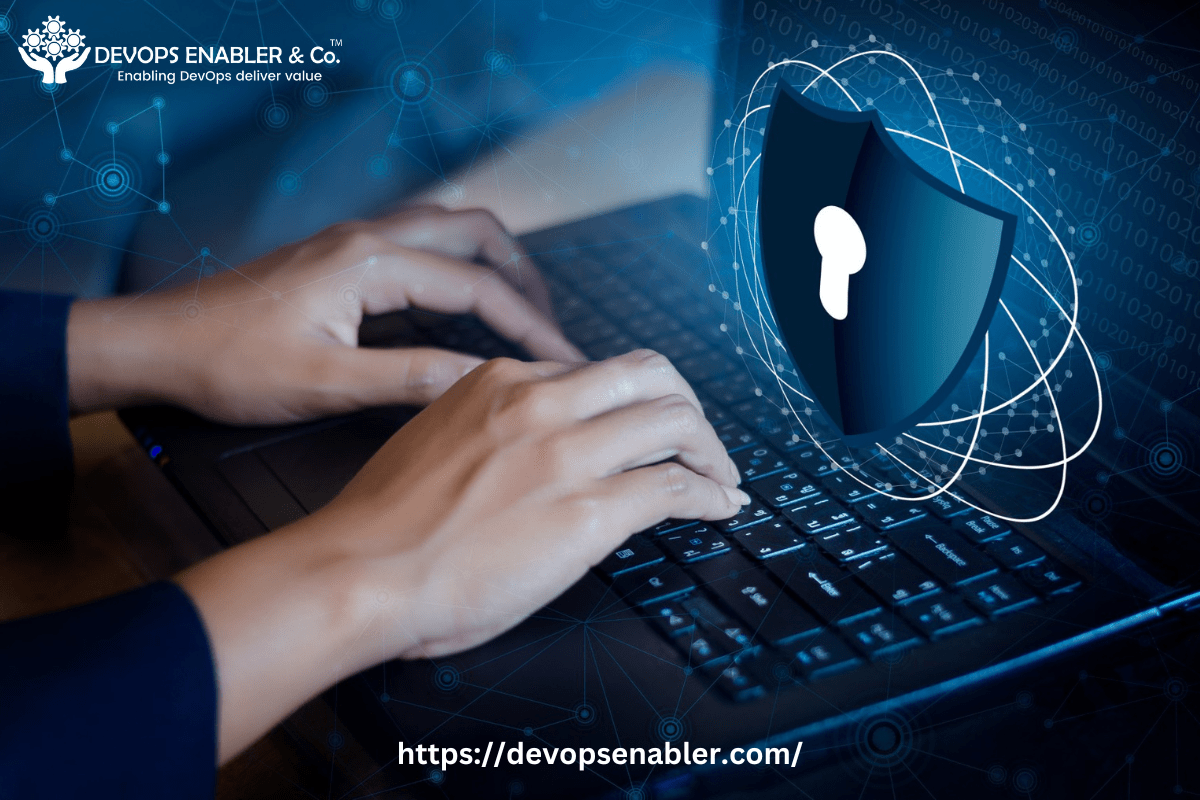
The concept of DevSecOps has emerged as a crucial methodology, emphasizing the fusion of development, operations, and security. At the heart of this transformative approach lies “Security-as-Code,” a practice that embeds security seamlessly into the Software Development Life Cycle (SDLC). As infrastructure as code gains momentum, the automated application of security policies becomes not just a best practice but a critical necessity to keep pace with the accelerating velocity of DevOps.
The Power of Embedded Security:
Embedding security throughout the SDLC empowers development teams to automate and consistently apply security controls. This proactive approach not only enhances the security posture of applications but also aligns with the principles of DevOps, where speed and agility are paramount.
Predefined Security Policies for Efficiency:
Predefined security policies serve as the backbone of a secure SDLC. They not only boost efficiency but also act as a safeguard against misconfigurations that could lead to exploitable security flaws. By establishing a baseline of security measures, development teams create a robust foundation for their projects.
Six Security-as-Code Capabilities to Prioritize:
- Automate: Integrate security scans and tests, including static analysis, container scanning, and fuzz testing, directly into your pipeline. This ensures that security measures are consistently applied across all projects and environments, reducing the risk of oversights and human error.
- Build: Establish an immediate feedback loop by presenting security scan results to developers during the coding process. This empowers developers to remediate issues in real time, fostering a culture of security awareness and best practices.
Connect with Our Assistance: https://devopsenabler.com/contact-us
- Evaluate: Monitor and evaluate automated security policies by incorporating checks into the development process. Verify that sensitive data and secrets are not inadvertently shared or published, preventing potential security breaches.
- Standardize: Standardize exception-handling procedures to streamline the remediation process. Automate simple fixes for identified vulnerabilities and establish approval workflows for more complex issues, ensuring a consistent and efficient response.
- Test: Implement automated testing of new code with every change to the codebase. Continuous testing helps identify and address security issues early in the development cycle, minimizing the impact on later stages and reducing overall risk.
- Monitor: Utilize both scheduled and continuous monitoring methods to track vulnerabilities and their remediation progress. Features such as GitLab’s Security Dashboard and Compliance Dashboard enhance visibility and simplify efforts in managing security across projects.
Empowering Developers:
Francois Raynaud, founder and managing director of DevSecCon, emphasizes that Security-as-Code is about making security transparent and fostering collaboration between security practitioners and developers. By understanding developers’ work processes, security teams can build controls into the SDLC that accelerate development rather than hinder it.
By embracing these six Security-as-Code capabilities, development teams can transform into well-oiled DevSecOps machines. This not only enhances the security of applications but also establishes a collaborative environment where security practitioners and developers work seamlessly together. As software development continues to evolve, Security-as-Code is not merely a best practice but an intelligent solution within the complex realm of modern software development.
Contact Information:
- Phone: 080-28473200 / +91 8880 38 18 58
- Email: sales@devopsenabler.com
- Address: #100, Varanasi Main Road, Bangalore 560036.




